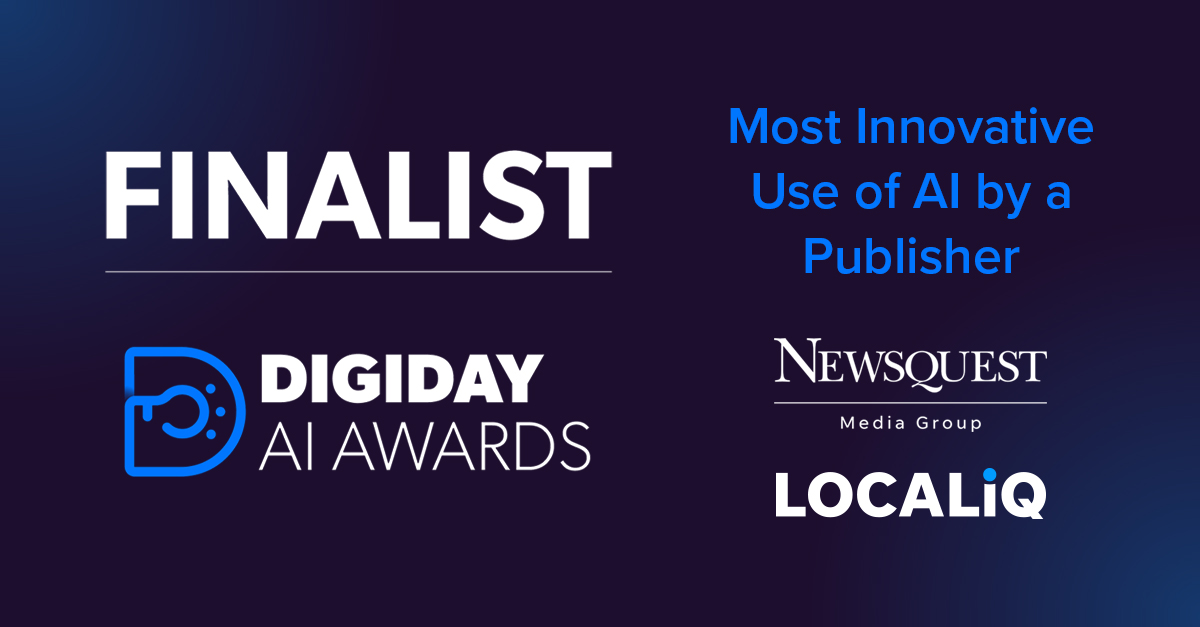In the digital world, there are a multitude of marketing options for small businesses that you may not have considered, let alone thought of. As vital and necessary as social media is for marketing small businesses, it’s important to leverage everything else the internet has to offer too, to maximise your business findability and brand awareness.
Marketing a small business on social media, search engines and across the web can be done in several ways – read on to ensure you haven’t forgotten any crucial digital marketing strategies. You shouldn’t rely on social media alone for website traffic, enquiries and business exposure.
Digital marketing for small business: your options!
- Website design and optimisation
Your website is your online shop window, and it should present your business in the best light. To generate online conversions and drive offline custom, your website needs to be fast, easy to navigate, helpful, functional, regularly updated, and aesthetically pleasing – not to mention fully optimised for all devices (most online traffic comes via mobile, so if your website is not mobile-friendly, it’s pretty much pointless).
Ensure your website is fully optimised for all devices, you can use Google’s site speed tests, web developer tests and mobile-friendly tests to see how you currently fare up. You should also analyse your website’s bounce rate and do what is needed to reduce it. You will need to implement keyword-rich content and search engine optimisation strategies to increase your SERP ranking and improve your website. This brings us nicely onto….
2. SEO
Search engine optimisation is the art of optimising and enhancing a website to increase an organic ranking in results pages and drive website traffic.
This is done through the implementation of:
- Basic SEO (the simple, foundational SEO strategies)
- Local SEO (optimising your website to be findable locally, e.g. in ‘near me’ search queries)
- National SEO (optimising your website to rank higher and accrue online traffic nationally)
- On-page SEO a.k.a on-site SEO (optimising each page of your website)
- Technical SEO (the back-end, ‘behind the scenes’ SEO strategies any credible marketing agency should be able to employ)
- Off-page SEO (getting your website referred to and linked to from other web pages, sites and sources e.g. online listings and directories, blog articles, other websites). And breathe!
Business and marketing success from SEO takes longer to acquire than results do from other marketing strategies, such as social media advertising or search engine marketing. It should be an integral and long-term aspect of your overall digital marketing strategy, because NOBODY looks on page 2 (if you’re lucky enough to even make it there to start with!) Start with employing your own simple, basic SEO techniques and use Google Analytics and Google Search Console to monitor your online performance.
3. Search engine marketing
Commonly known as SEM or PPC, search engine marketing is a paid marketing technique to increase your web traffic and SERP visibility, not to be confused with SEO, which is optimising your website to achieve this naturally.
SEM is the act of advertising on Google or Bing with clickable, call-to-action heavy ads. You will likely see them 99% of the time you perform a search query.
The advertiser bids on keywords that they want their advert to be served for. For example, a local takeaway company may bid on the keyword phrase ‘pizza takeaway near me’ within a chosen geographical radius. Therefore, when an online user search is conducted using that query (or similar, depending on your keyword match types), your advert will enter a bidding war against companies who are bidding on the same keywords and the advertiser with the highest quality score (for their ad campaign) and bids will have their text ad served.
4. Google my Business
Whilst GMB isn’t really a division of marketing, we have given it its own section because having a Google My Business profile is so important – especially if you want to drive footfall. Search is how most people source and find local businesses now and having a GMB profile positions your business in front of searchers and ensures you’re findable online.
Furthermore, your visitors and customers can leave reviews on your profile, so if you score highly, you’re generating amazing and credible social proof to pull in more people through the door.
Kick start your visibility online with our local business guide to using Google My Business.
5. Display advertising
Digital display advertising positions creative ads made up of image/video and text for your business across the internet on various third-party websites – such as news sites like The Guardian, travel and tourism sites, or food and recipe sites like BBC Good Food to name a few examples. It’s a go-to marketing strategy for building and boosting brand awareness.
You can also use digital display adverts on apps and social media sites like Facebook.
Digital display advertising campaigns often have audience targeting implemented – meaning that they’re only served to a business’s target audience, in their target geographical areas. It’s also recommended that you track conversions from digital display and run a retargeting display campaign alongside. This is because digital display generates minimal clicks as the purpose of it is to build awareness and kick start the consumer journey – meaning that many people won’t go through to your website straight away until they’re more familiar with your business (which is where retargeting comes in – it builds business recognisability).
6. Social media marketing and advertising
Social media networks are used daily by the masses, so advertising and marketing on your chosen social media channels is a no-brainer.
You can implement an organic social media strategy involving increasing engagement, building an online community, publishing high-quality content and user-generated content, generating social proof and staying present to potential and existing customers.
However, if you need a boost, paid social media advertising is powerful. It enables businesses to define and target audience segments and expand their online reach beyond the capabilities of organic (only 4% of your audience typically see your organic social media posts. Shocking, we know)
7. Content marketing
Content marketing is the process and art of producing and creating content such as video, articles, infographics, imagery, audio. You then market that content across the internet – via email, across websites, blogs, and social media channels.
When done well, content marketing helps position your business as an expert and thought leader within your niche, tells stories to generate sales, builds social proof, constructs a community around your business online, and strengthens your business recognisability through a defined, recognisable brand persona, voice, and tone.
If you’re needing to improve your social media content here are 19 imaginative ideas for content generation.
8. Email marketing
Email marketing isn’t dead! If you can offer an exciting newsletter that adds value and gets your recipients excited and give non-subscribers an incentive and reason to sign up, then email will help build a stronger bond with your customers through inclusivity and exclusivity, and instigates customer loyalty, advocacy, and retention.
Ensure your emails are creative, give something exclusive or beneficial to your readers, and of course, have the best subject lines to ensure they’re clicked on.
Related Reading:
Social Media Marketing For Beginners
SEO Basics: A beginner’s guide to search engine optimisation





